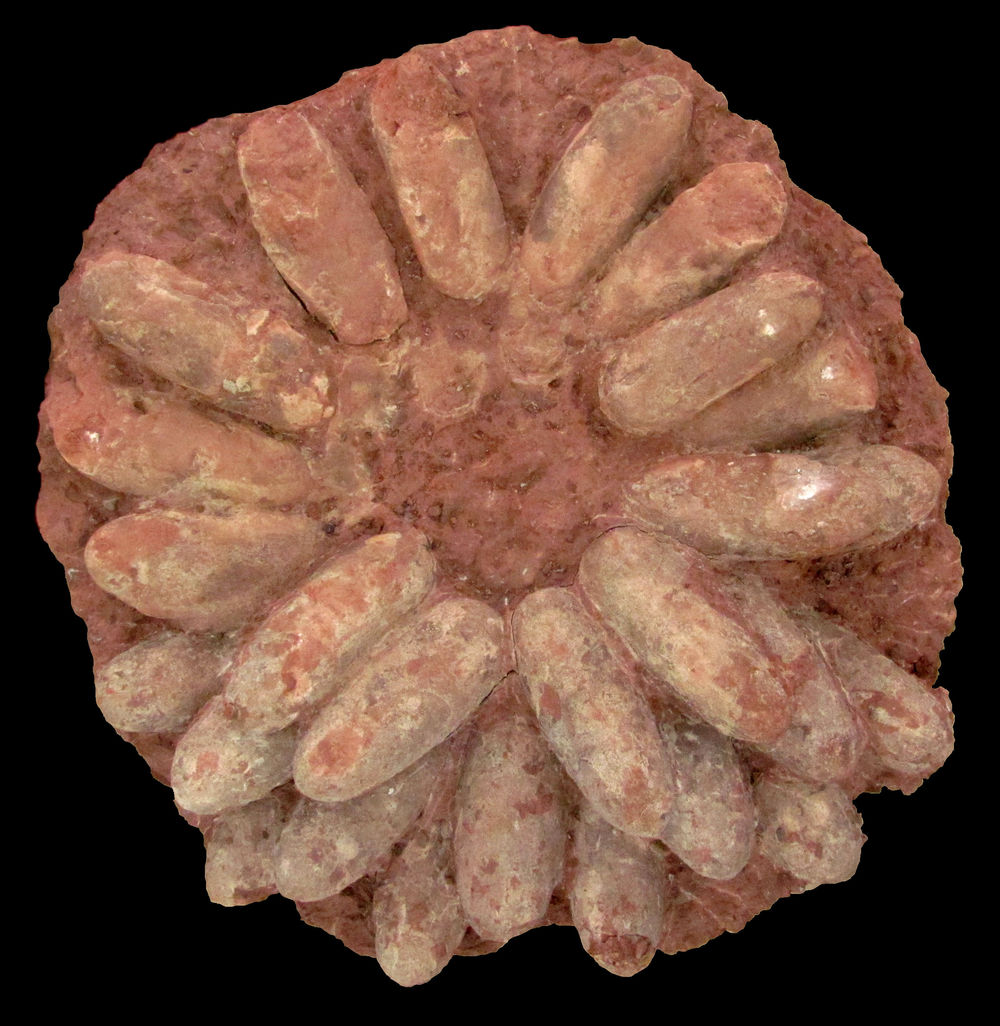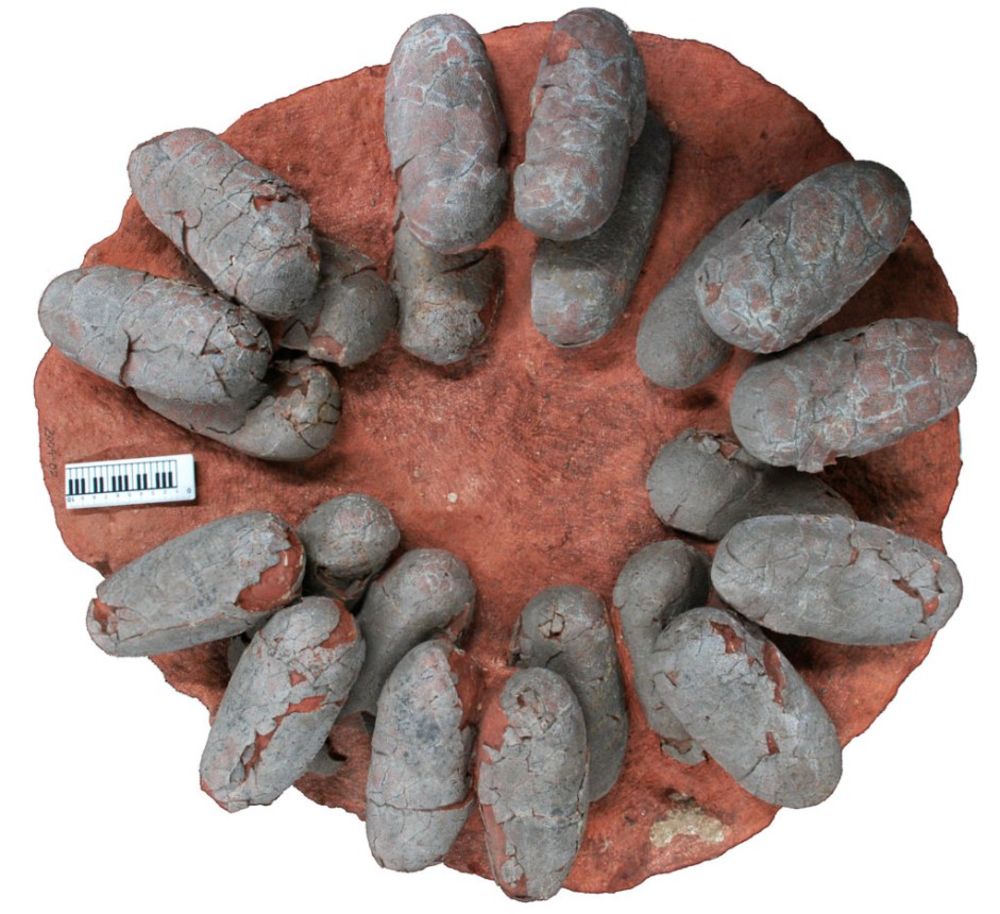Dinosaur eggs as a source of information about the life of the ancient inhabitants of the Earth

The fact that dinosaurs hatched from eggs, scientists have not argued for a long time. Quite a lot is also known about the development of the dinosaur inside the egg. But how much time did the next dinosaur spend inside the egg? Weeks, a couple of months? Scientists from the University of Florida in Tallahassee believe that they managed to find out.
“One of the most important dinosaur mysteries was that paleontologists knew little about the development of embryos. How quickly were the eggs incubated — like crocodiles and lizards, or perhaps birds, whose eggs develop very quickly? ”Says Gregory Ericson, one of the participants in the study.
The question is really interesting, although the answer to it could not be obtained for a long time. The fact is that scientists have found not so many eggs by which one could trace the development of the embryo. Relatively recently in China, Mongolia and Argentina, paleontologists were able to detect several egg laying at once. The study of these fossils helped to find out how dinosaurs evolved inside their limestone shelters.
')
Plus, it was possible to understand how the development of embryos took place in their first days. This fact was clarified by the discovery in Mongolia. There, scientists discovered the eggs of Protoceratops (Protoceratops andrewsi) and Hypachosaurs (Hypacrosaurus stebingeri). In the eggs to find the so-called fetal teeth. You can tell them the age of eggs, because the formation of teeth is in layers, by day. Every day, the tooth is covered with another layer of dentin . And if you cut a tooth, it becomes clear what the age of the embryo is.
As it turned out, Protoceratops andrewsi were spent in eggs for about three months, and Hypacrosaurus stebingeri - for six months or so. Perhaps, scientists say, it is such a protracted development is one of the reasons for the extinction of dinosaurs.
Scientists have made several conclusions, carefully examining all the finds. These are the conclusions.

Dinosaurs were able to hatch eggs and were partially warm-blooded.
Previously it was believed that dinosaurs laid eggs somewhere in a secluded place in the heat and left. Now the opinion of scientists has changed. First, many dinosaur species were able to regulate blood temperature. It was found out thanks to the shell material - ordinary calcium carbonate. In the shell, the researchers found oxygen isotopes, which are located in materials in different ways, depending on temperature. In colder conditions, isotopes are located more closely, so to speak.
The research team decided that the dinosaurs whose eggs were found were not as warm-blooded as modern birds. But they could raise body temperature, above average ambient temperature. Not as efficient as birds can do, but still, it's better than nothing.
Not all dinosaurs hatched eggs, as not all were warm-blooded. But now more and more facts indicate that these ancient animals were able to maintain the temperature of the blood and incubate their offspring. Perhaps (and most likely it is), there were also completely warm-blooded species.
Adult dinosaurs cared for their offspring
Probably not all dinosaurs did this, but scientists believe that one of the species hatched eggs and then cared for the small successors of the genus. For example, so did the duckbill dinosaurs. Of course, scientists probably cannot assert, but indirect evidence of this exists. For example, in Montana (USA) was laid egg laying duck-billed parents. The shell of broken eggs was interspersed with the fossilized remains of adult individuals. This place became a common grave for the embryos in the eggs and their parents. Since the adults were near the nest, scientists decided that the duck-billed dinosaurs were attentive parents.
In addition, there are still similar finds. As early as 1923, eggs were laid in the Gobi Desert, presumably Protoceratops. Next to the clutch, paleontologists have discovered the remains of a previously unknown dinosaur species. He was considered a thief, who pulled the eggs out of the clutch. The species was even given the name Oviraptor, that is, the “thief of the eggs.” It was only in 1990 that Oviraptor was acquitted. Scientists have discovered a clutch of the same eggs with fairly mature embryos inside. It turned out that both the embryos and the adults, whose remains were also found nearby, belonged to the same species - Oviraptor.
It turned out that dinosaurs of this species not only did not steal eggs, but also protected their own clutches. Moreover, scientists were able to detect dinosaurs of a related species, which also guarded their clutches.
The shell of dinosaur eggs was multicolored

It is clear that the eggs of different types of dinosaurs differed from each other in size, color, pattern of the surface. So far, the most unusual color is recognized as blue-green. Eggs of this color were laid off by a dinosaur of the species Heyuannia huangi, which once lived in China. Scientists believe that this color could make laying more inconspicuous than, for example, laying with eggs of white color. Nests with blue-green eggs were invisible among the foliage, and it was difficult to find them.
Many masonry partially buried
Eggs of almost any animal have pores that provide gas exchange with the environment. By the nature of the pores, scientists can determine the conditions in which the eggs were located most of the time.
At the moment, eggs are found not so much a large number of dinosaurs, but these findings allow us to draw certain conclusions. Thus, 29 species of dinosaurs, whose clutches were discovered, definitely buried eggs. This can be judged by the size of the pores - the eggs that were dug in, the pores were larger. At the same time, some theropods didn’t do anything of the kind, and laid eggs in open nests without covering them with earth or sand.
Paleontologists believe that burying eggs is a more primitive way of raising offspring. And open nests are already a step towards birds and their nesting method.
It may well be that theropods were more warm-blooded than their older relatives. This allowed them to maintain a constant laying climate due to the temperature of their own bodies. Some types of dinosaurs could make nests not on the ground in the middle of a forest or plain, but on a tree, in a cave or on hills.
Source: https://habr.com/ru/post/400415/
All Articles